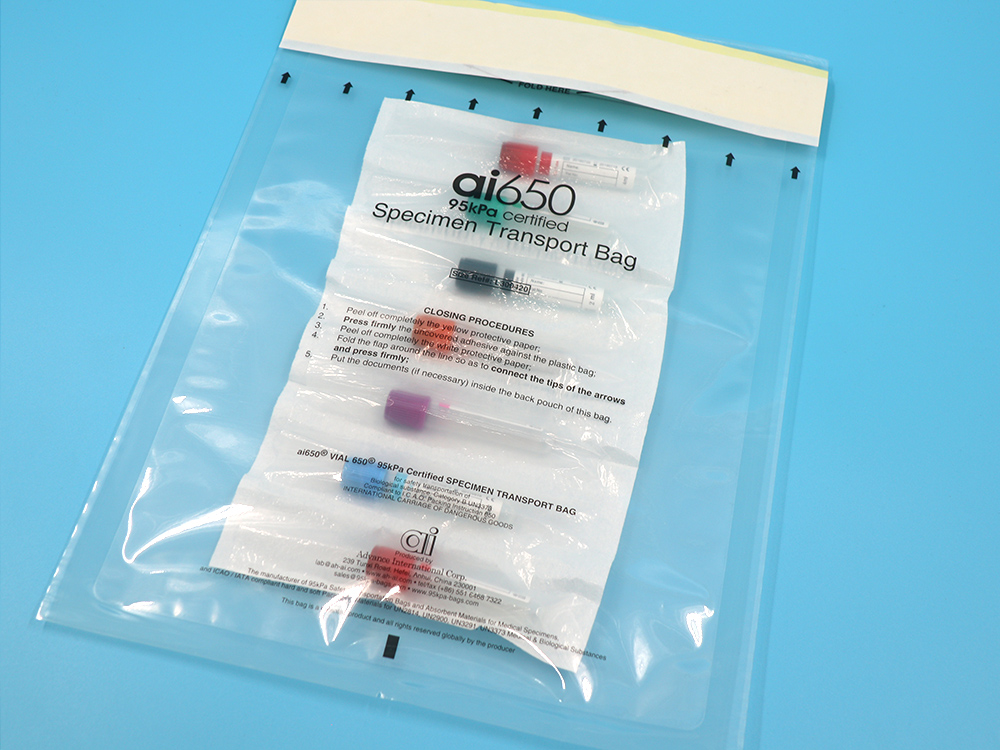Knowledge inventory of blood sample vacuum collection tubes
When patients seek medical treatment, blood tests are often required, and they often encounter situations where multiple specimens are collected at once. You may not remember what these colorful headsets and labels represent. It’s okay, let’s gradually understand the process of blood drawing and the role of different colored collection tubes now.
In order to better distinguish between different types of blood collection vessels, the color of their caps often represents different additives. This article summarizes several common blood collection vessels and provides a detailed introduction.
① Purple blood collection tube – EDTA anticoagulant tube
Containing EDTA anticoagulants, in blood routine testing, compared with other anticoagulants, EDTA anticoagulants have less impact on the aggregation of blood cells and the morphology of blood cells, so EDTA salts are usually used as anticoagulants. EDTA salts can bind with calcium ions in the blood to form chelates, thereby preventing blood clotting.
Sample type: whole blood, plasma.
Usage: Blood routine, reticulocyte count, glycated hemoglobin, blood type+D antigen.
Not suitable for coagulation tests and platelet function tests, as well as electrolyte testing, alkaline phosphatase, creatine kinase and leucine aminopeptidase determination, and PCR testing.
② Gold colored blood collection tube – inert separation procoagulant tube
Containing inert separation gel and coagulant, coated on the tube wall with coagulant can accelerate blood coagulation and shorten testing time. The separation adhesive has good affinity with PET pipes, playing a role in isolation.
Sample type: serum.
Usage: Biochemical projects, myocardial enzymes, amylase, alpha, alpha all, C-reactive protein, etc.
③ Light blue blood collection vessel – sodium citrate blood collection vessel
Containing 3.2% or 3.8% sodium citrate (sodium citrate), please pay attention to the amount of blood collected to ensure the accuracy of the test results. After blood collection, please immediately invert and mix 5-8 times. The ratio of anticoagulant to blood is 1:9.
Sample type: whole blood, plasma.
Usage: Coagulation items (prothrombin time, thrombin time, activated partial thrombin time, fibrinogen).
④ Grey blood collection tube – potassium oxalate/sodium fluoride blood glucose test tube
The additive inside the tube is sodium fluoride+potassium oxalate/sodium fluoride+sodium heparin. Sodium fluoride is a weak anticoagulant that has a good effect on preventing blood glucose degradation. A mixture of sodium fluoride+potassium oxalate/sodium fluoride+sodium heparin at a dose of 4mg can prevent 1ml of blood from coagulating and inhibit glycolysis for 23 days. When using, please be careful to slowly invert and mix well.
Purpose: Blood glucose detection.
⑤ Green blood collection tube – heparin anticoagulant tube
Heparin is added to the blood collection vessel, which directly acts as an antithrombin and can prolong the clotting time of the specimen. Excessive heparin can cause aggregation of white blood cells and cannot be used for white blood cell counting, as it can make the background of the blood sample stain light blue, making it unsuitable for white blood cell classification.
Sample type: whole blood, plasma.
Usage: Blood gas analysis, blood ammonia, B-type natriuretic peptide.


No responses yet